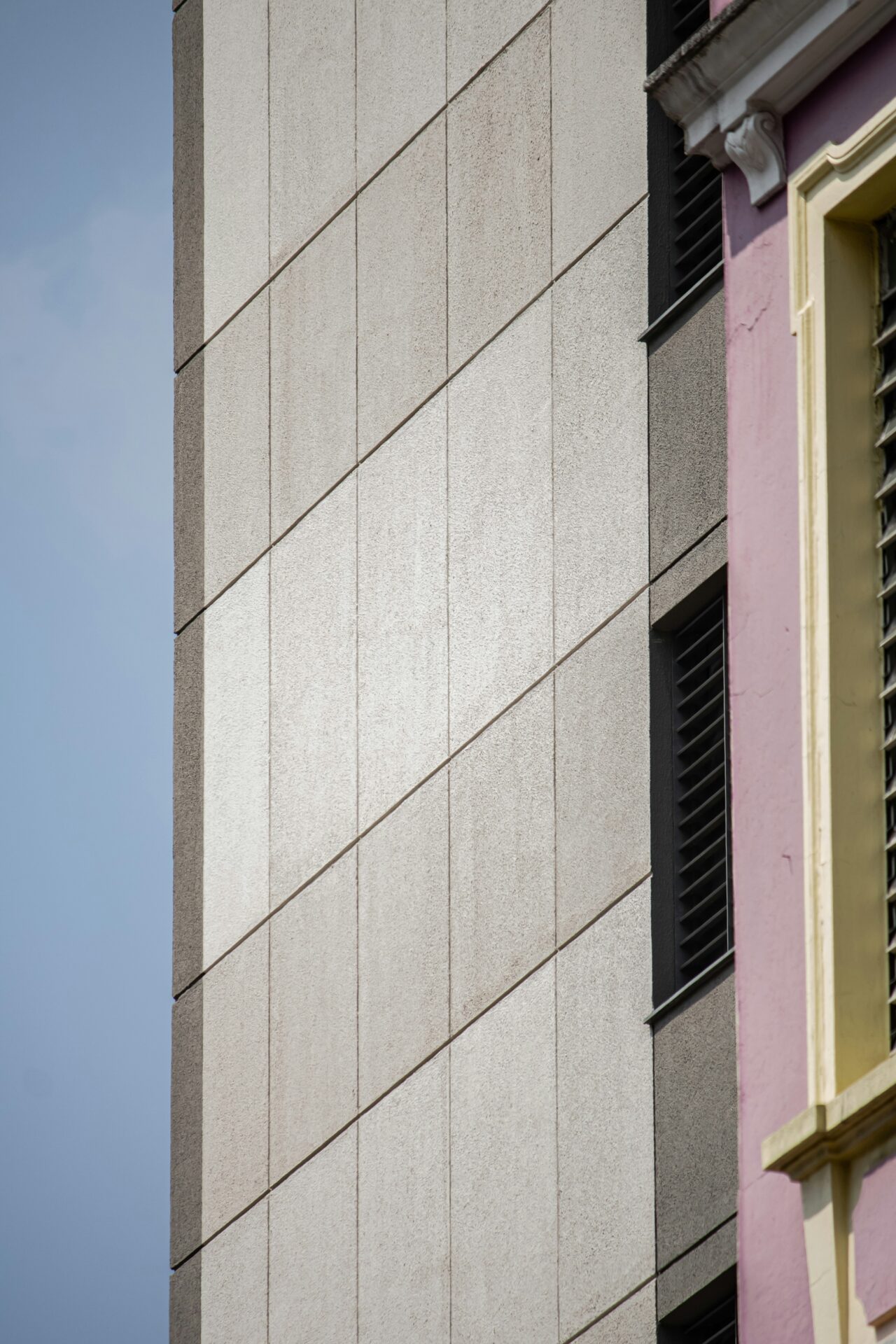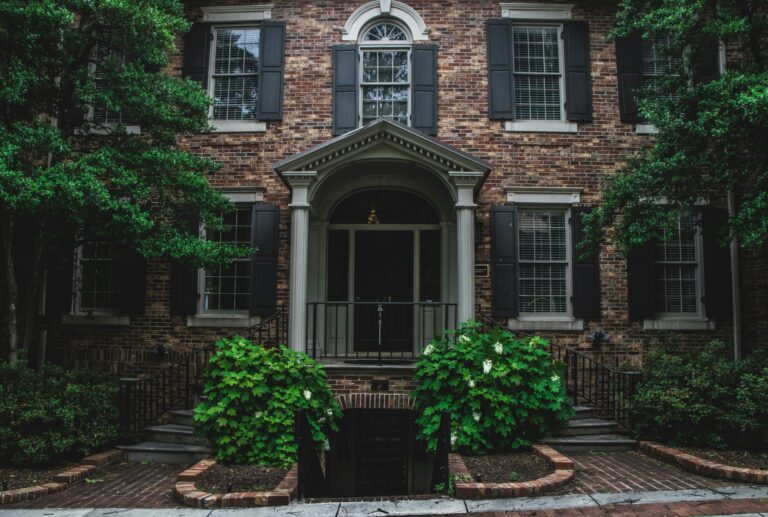Painting Tilt-Up Concrete
Painting tilt-up concrete presents several technical challenges due to the unique properties of the substrate. This guide outlines the critical factors affecting coating performance, including substrate condition, surface preparation, product selection, and application best practices.
Key Factors Affecting Performance when Painting Tilt-Up Concrete
1. Concrete-Related Issues
Tilt-up concrete surfaces present a range of challenges that must be addressed before coating application:
• Moisture Content – Excessive moisture levels in concrete can lead to blistering, poor adhesion, and coating failure.
• Surface Contaminants – Release agents, form oils, admixtures, dust, and laitance must be fully removed to ensure proper adhesion.
• Alkalinity (pH Levels) – High pH levels can cause alkali-silica reactions, blistering, and efflorescence, leading to premature coating degradation.
• Surface Deficiencies – Issues such as chalking, laitance, spalling, exposed rebar, or weak substrates compromise structural integrity and must be remediated.
• Environmental Contaminants – Dirt, rust, mold, algae, and other pollutants must be removed to prevent adhesion issues.
• Curing Time – Newly poured concrete should be fully cured before coating application to prevent solvent entrapment and moisture-related failures.
2. Surface Preparation Requirements
Surface preparation is critical to ensure proper adhesion and longevity of the coating system.
A. Moisture Control
• Concrete must have a moisture content below 12% before painting.
• Avoid painting during or immediately after rain; surfaces must remain dry for at least 48 hours post-rainfall.
• Check for moisture differentials between shaded (north-facing) and sun-exposed (south-facing) areas.
B. Cleaning and Contaminant Removal
• Form Release Agents and Curing Compounds – These must be completely removed using high-pressure washing (3000-4000 psi) or mechanical abrasion.
• Surface pH Measurement – pH should be below 10-13 depending on the coating system being used.
• Gloss Reduction – Smooth, dense surfaces should be abraded to promote mechanical adhesion.
• Surface Contaminant Removal – Effective cleaning methods include:
• High-pressure power washing
• Shot blasting or abrasive sweeping
• Chemical degreasers (e.g., trisodium phosphate)
• Mold and algae removers (e.g., diluted bleach solutions)
3. Coating System Selection
The choice of coating system should be based on substrate condition, environmental exposure, and intended performance requirements.
A. Sealers
• Designed to penetrate and stabilize porous concrete surfaces.
• Enhance adhesion by providing a mechanical and chemical bond.
B. Primers
• Must be alkali-resistant to prevent efflorescence-related failures.
• Provide uniform absorption and improved adhesion for topcoats.
C. Topcoats
• Interior Systems – High-performance acrylic coatings with low VOCs and excellent washability.
• Exterior Systems – Elastomeric or high-build acrylic coatings for enhanced durability, water resistance, and flexibility to accommodate hairline cracks.
4. Application Best Practices
Proper application techniques are essential to ensure optimal film performance and longevity.
1. Test Patches – Always conduct adhesion testing before full-scale application.
2. Coverage & Absorption – Adjust application rates based on surface porosity and texture.
3. Weather Considerations
• Avoid painting if rain or snow is expected within 24 hours.
• Ensure the surface temperature is at least 3°C above the dew point to prevent condensation issues.
4. Film Thickness Control
• Use a wet film thickness gauge to ensure correct application rates.
• Calculate dry film thickness based on coating volume solids to achieve adequate protection.
5. Temperature & Humidity Constraints
• Coatings should only be applied when the substrate, air, and product temperatures remain above the manufacturer’s recommended limits for 24 hours post-application.
6. Recoat & Cure Time
• Allow proper drying between coats to avoid solvent entrapment.
• While recoating times may be short, full cure often requires up to 30 days.
7. Technical Data Compliance
• Always refer to product technical data sheets (TDS) for specific application parameters.
For further technical assistance or product recommendations for painting tilt-up concrete, always consult the paint supplier.

